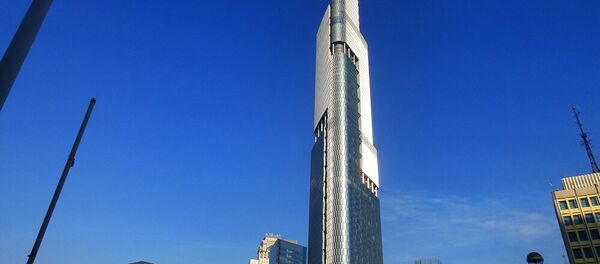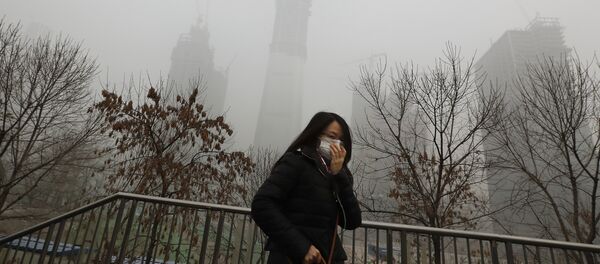Beijing, Tianjin, eight cities in Hebei province, five in Shandong, and five — in Henan were ordered to strengthen the control of air pollution as well as to unify the standards in order to make timely emergency responses to similar situations, according to the China Daily newspaper. The ministry also limited industrial production in the area as air pollution level is expected to reach its peak in the region on Tuesday and Wednesday, the media outlet added.
The authorities hope to tackle emissions in the cities along the pollution routes and thus keep harmful PM2.5 in Beijing at an annual average of around 60 micrograms per cubic meter. In 2016, the average concentration of PM2.5 amounted to 73 micrograms per cubic meter, while the standard set by the World Health Organization (WHO) is 25 micrograms per cubic meter.
In 2013, China introduced a four-tier air pollution warning system, according to which, a red alert is issued when heavy smog lasts for more than three days, an orange alert for three days of smog, a yellow for two, and a blue for one.




